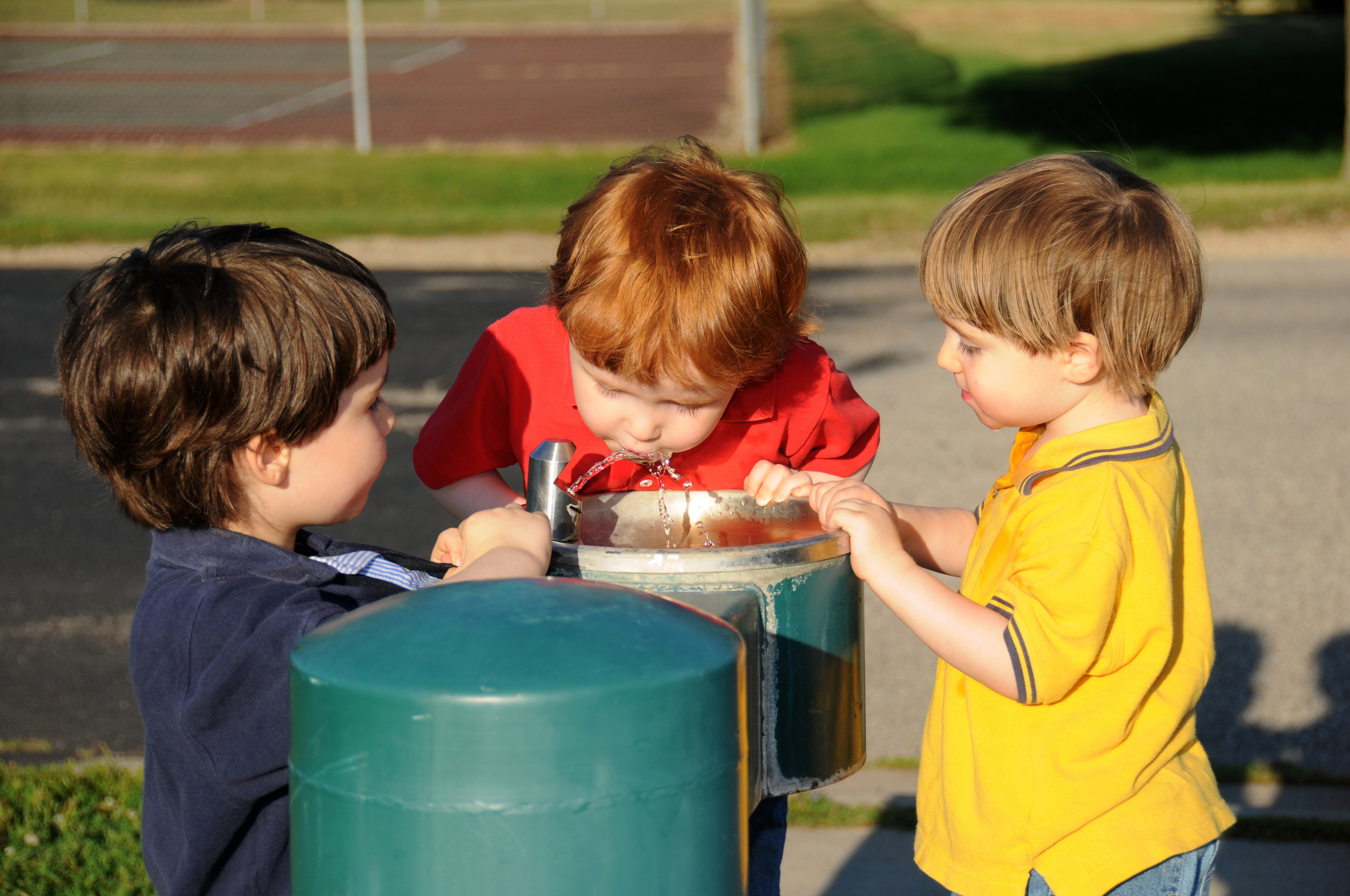Last week, drinking water fixtures at Grant Union High School in Sacramento were shut off after elevated levels of lead and copper were found in the water.
Grant Union High School is not the first school to experience risky lead levels in its drinking water; it is merely the most recent. The water quality issues the Sacramento school is experiencing should serve as a wake-up call to all California schools, the vast majority of which have yet to take advantage of the State Water Resource Control Board’s lead testing program for schools.
In January of last year, the State Water Resources Control Board’s Division of Drinking Water (DDW) announced the program, which encourages California schools to work with their local water providers to sample for the presence of lead in their drinking water. Under this program, if a K-12 school official requests lead testing its public water system is responsible for collecting water samples within 90 days of the request, having the samples analyzed by an ELAP-accredited laboratory, and reporting the results to the school within two business days of receiving the results—all free of charge to the school. The water system is required to collect up to 5 samples at each school requesting assistance.
However, 67% of the State’s 1,026 school districts have not taken advantage of the testing program to determine whether or not their water fixtures are delivering unsafe levels of lead to students and school staff.
According to the San Francisco Chronicle, “Among the 330 districts that have started or completed testing, one in five identified at least one school where levels exceeded the federal standard, according to data submitted to the state by June 1.” In fact, the State Water Board reported that in some cases the lead levels in the drinking water samples collected exceeded the Action Level (AL) of 15 parts per billion (ppb).
For example, testing identified five water taps with high levels of lead at Oakland’s Conservatory of Instrumental Vocal Arts High School, including a locker room drinking fountain that tested at 90 ppb.
With such high levels of lead found in schools around the State, it is somewhat disconcerting that so many California schools are back in session without having tested their drinking water. What’s more, the State testing program is set to end on November 1st of 2019, which should place even more impetus on schools to contact their local water system before time runs out and they’re required to allocate funding for lead testing determinations in their drinking water.
Babcock Laboratories is a 100% employee-owned NELAP and CA ELAP accredited laboratory with over 20 years of experience determining ultra-trace amounts of lead in drinking water using EPA method 200.8, which is the testing method required by the State Board for this program. In addition to lead, Babcock Laboratories offers a suite of heavy metal testing services for drinking water. If you are interested in our heavy metal testing services, including lead testing, please contact our Director of Client Services, Cathy Iijima.
To learn about the State's more recent AB-746 school lead testing program which in now running in conjunction with the 2017 Permit Amendments issued by the DDW, click here.
*Revised 8/31/18: This article originally used the term "Maximum Contaminant Level (MCL)" in reference to lead determinations in drinking water but has since been updated to reflect the correct term: "Action Level (AL)."

